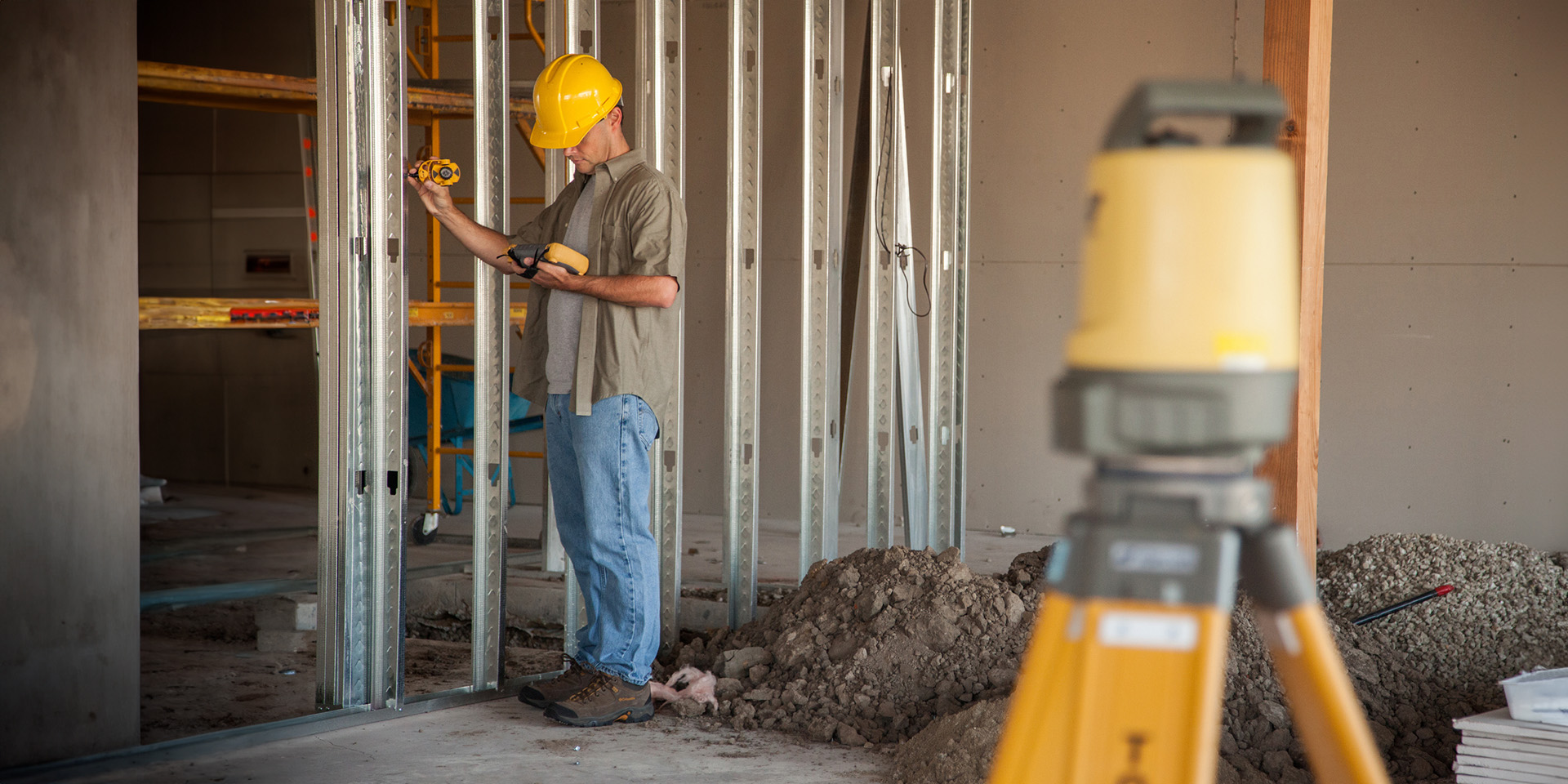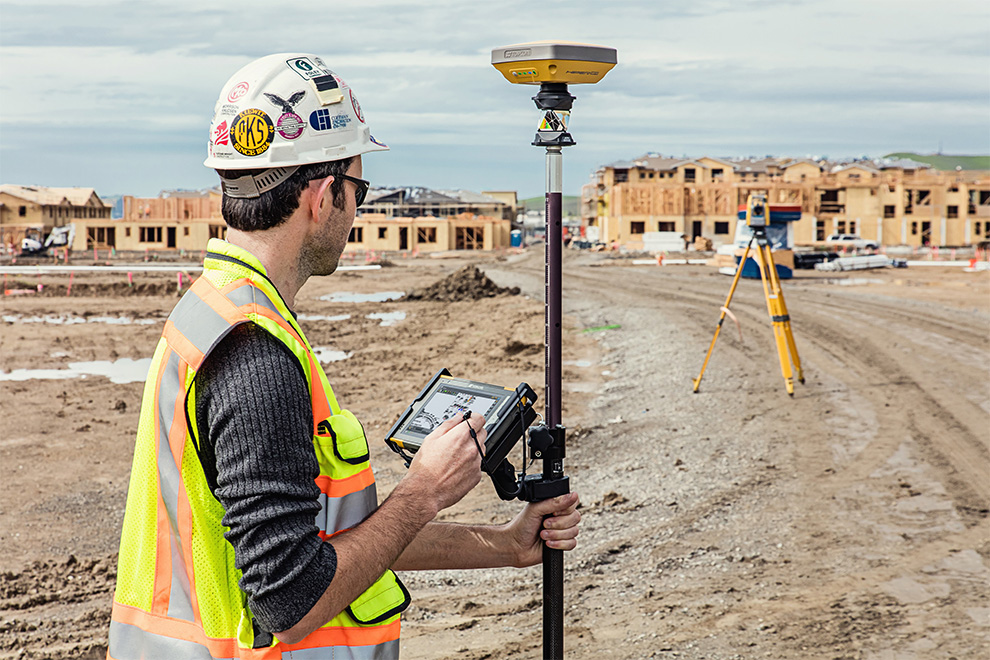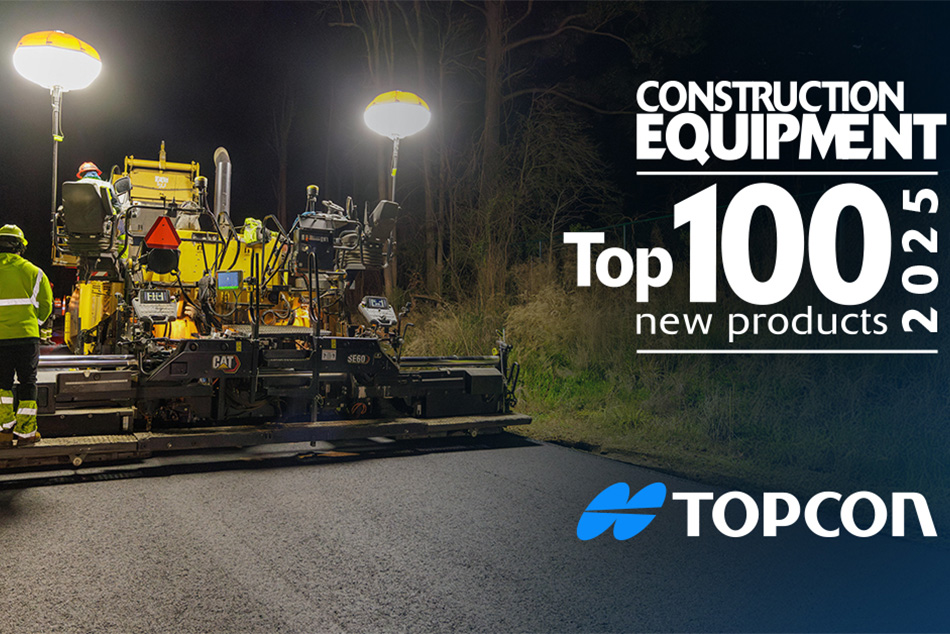Surveyors worldwide are finding themselves at a crossroads. The entire construction and infrastructure industry is facing massive challenges in terms of demand and supply, and while there’s a very obvious solution to this in technology, its widespread uptake doesn’t come easy. We have a toolset that earlier generations could have only dreamt of and, naturally, the role of the surveyor is changing in line with this digitisation. However, there are still many professionals who are reluctant to embrace new technologies, favouring instead the traditional methods they’ve relied on for years. Unfortunately for them, we’ve reached a ‘do or die’ situation; surveyors must keep up with trends and adopt new processes or, frankly, they’ll get left behind.
A change in mindset
Although old habits die hard, the time has come for surveyors to let go of the out-dated processes they learned as a student and challenge the way they approach projects as we enter this new, exciting era. It’s a case of learning about what’s available out there now and being receptive to it in order to safeguard their future.
Of course, it’s understandable that some surveyors will feel overwhelmed by new technologies and the buzzwords that come with them: augmented reality, virtual reality, Smart Cities, BIM, mass data processing, 4D, 5D, even 6D – the list goes on. But the reality is that these developments can dramatically improve the accuracy and speed of projects, and therefore deliver tangible commercial results. As we all know, geological surprises are a major reason that projects are delayed and go over budget, with discrepancies between ground conditions and early survey estimates requiring costly last-minute changes to project scope and design. Technology can resolve this.
If surveyors want to respond to their customers’ evolving needs and expand their business, they’ll need to adapt to new ways of working and alter their business models. The onus doesn’t lie solely with the surveyor, though – it’s also the responsibility of technology providers to work together to develop effective solutions and educate the industry on their applications. That way, we can move forward collectively to address the demands of the future.
From surveyor to data specialist
Over the past few years, the job titles used for what we’d traditionally call a surveyor have begun to reflect a shift towards data processing. Surveying engineers have become spatial data managers; land surveyors are now geodata managers. What this demonstrates is that a huge portion of the value of the function lies in data. It always has done – surveyors have always been grounded in coordinate systems and geolocations, and knowing what data are required to create the right deliverables – but technological advances are allowing us to take this to the next level. Surveyors are learning how to leverage huge data sets, using cloud-based and SaaS solutions to their advantage in order to open up new possibilities and enter new areas that have not yet been served by surveyors.
There are lots of tools out there to help surveyors make informed decisions. For example, there’s a wide range of hardware technology on the UAV side, and for mass data collection in general, that are well tuned to fit into inspection solutions. It’s important to note that, while you many not need to have studied surveying to use a laser scanner or a UAV drone, surveying expertise is invaluable when it comes to enriching data sets and getting the most out of this technology. The thing that will differentiate a surveyor from the crowd is their willingness and ability to use these new tools productively.
Looking to the future
Our industry is growing rapidly. With its current practices, however, it carries high safety risks and simply wouldn’t be able to keep up with the workload set out before it. We’re therefore constantly looking for safer and faster means to perform the same tasks.
Using UAVs and mass data technology to complete traditional survey tasks is becoming commonplace, and in the not-so-distant future, cloud-based data storage and workflow technology will become the norm for everyone.
And further down the line, but still within sight, augmented reality solutions will come into their own – all of which will help bring us closer to achieving a ‘continuous representation of reality’ and a level of efficiency in line with other sub-sectors in manufacturing.
The inspection industry on track to achieve $15 billion in revenue by 2025 – and those that will receive their share of this will be the ones that begin to adopt new technologies and add business intelligence to their processes now. It’s time to get moving.

















